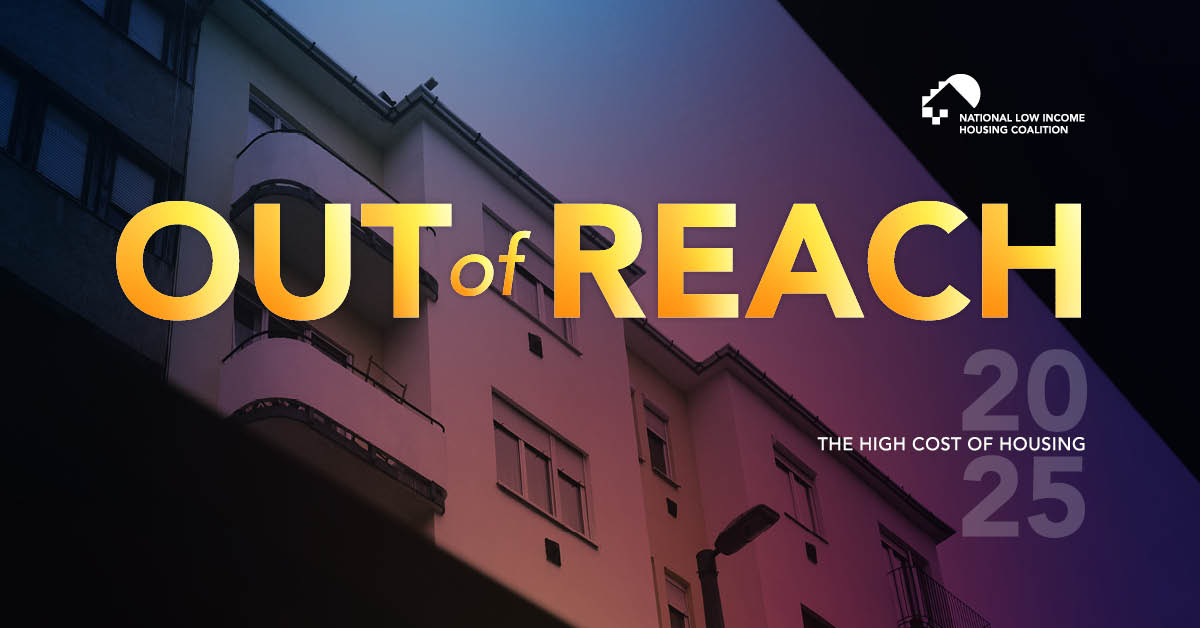COHHIO produced this video in conjunction with WOSU on the 25th year anniversary of the Ohio Housing Trust Fund. Thanks to the Gund Foundation and the Ohio Housing Finance Agency for their generous support for this project.
Current OHTF Advocacy
Update April 2025: COHHIO is calling on the Ohio House to remove an unvetted amendment that would gut the Ohio Housing Trust Fund! (More info)
COHHIO and the Home Matters to Ohio coalition are asking Statehouse leaders to safeguard the future of the OHTF to prevent cuts to local affordable housing, home repair, and homelessness programs. In the short-term we recommend the Ohio General Assembly to create a backstop mechanism to appropriate general revenue to the OHTF to achieve the current $65 million appropriation authority in case county recorder fee revenues fall short. In the long-term, the state must find ways to diversify and expand funding sources for the OHTF. Safeguarding the OHTF is a key recommendation of the Home Matters to Ohio platform to reduce housing instability for vulnerable Ohioans.
More info:
- Home Matters to Ohio Coalition
- COHHIO budget testimony – March 4, 2025
- OHTF-Funded Projects Map
- Ohio Housing Trust Fund Fact Sheet
- OHTF FY 2024 Annual Report
Housing is by far the most expensive item in the family budget and is simply out of reach for too many Ohioans. The Ohio Housing Trust Fund is the primary source of state funding for local homelessness and housing services that helps vulnerable Ohioans keep a roof over their heads. In the Fiscal Year 2024-2025 budget, COHHIO successfully advocated for increasing the maximum annual allocation to $65 million to support home repair and accessibility modifications for low-income homeowners, rental housing development, homeless shelters and supportive housing operations throughout Ohio’s 88 counties.
History: After voters approved the constitutional amendment on Ohio Housing Assistance in 1990 (Article VIII, Section 16), the General Assembly was required to pass implementing legislation, which created the Ohio Housing Trust Fund with broad bipartisan support. During the early years, various funding sources were used while working to identify a permanent source of funding for the OHTF. Three separate study committees convened by Governor Voinovich, Governor Taft, and the legislature itself all issued the same primary recommendation: create a Housing Trust Fund Fee that mirrors the county recorder fee. In other words, fee revenue collected by recorders should be divided 50-50 between counties and the Housing Trust Fund. That proposal garnered consensus and was finally adopted through legislation with strong bipartisan support.
Current Law: State statute targets Trust Fund resources toward Ohio’s neediest populations: at least 75% of the funds must help people at or below 50% of area median income with a preference for those below 35% of the area median income. State law also requires at least half of OHTF funding be awarded to rural areas.
A broad range of organizations can apply for OHTF resources, including nonprofits and private businesses. OHTF dollars are administered by the Ohio Department of Development (ODOD) and allocated based on recommendations by a seven-member advisory committee representing various real estate, lending, housing, and local government sectors.
ODOD makes awards based on a competitive application process for OHTF funding for homelessness and home repair services. The agency typically funds a wide range of local agencies, from Area Agencies on Aging, to local Habitat for Humanity chapters, to homeless shelters. Ohio Housing Finance Agency also invests Trust Fund dollars into housing development and community revitalization projects.
Funding Source: The Housing Trust Fund Fee revenue, which mirrors county recording fees, fluctuates from year-to-year according to the real estate market, reached a high of $73 million in FY 2005 during the pre-recession housing bubble. Recent home price inflation and high interest rates have deflated the market and driven fee revenues far below the current $65 million/year appropriation limit. FY 2024 fee collections totaled $41 million – a near record low while Ohio is experiencing a housing affordability crisis, with skyrocketing rates of eviction and homelessness. Furthermore, counties’ shift from paper to digital document recording systems creates greater uncertainty for future OHTF fee revenues.
Human Impact: Local agencies invest OHTF dollars to develop and preserve affordable housing and support emergency shelters, domestic violence shelters, Habitat for Humanity projects, home repair, and community development programs. In FY 2024, ODOD reported that $65 million in OHTF funding supported programs that provided:
- Emergency shelter for 27,094 Ohioans, including seniors, children, and people with disabilities
- Supportive housing to keep 2,696 formerly homeless households safely housed
- Homelessness prevention and rapid rehousing services for 3,449 households
- Repair and accessibility modifications to 1,602 units to keep seniors and people with disabilities out of institutions
- Development and rehabilitation of 523 affordable rental units.
Economic Impact: The OHTF provides critical funding to make housing more affordable for Ohio’s workforce, while helping to grow the number of jobs and revenue for the state. During FY 2020-2023, $45 million in OHTF funding leveraged $167 million from private and public sources, and created and supported 3,100 jobs. Each dollar generated a return of $9.55 in overall economic output for Ohio. (Source: OHFA’s Economic Impact of the OHTF)









